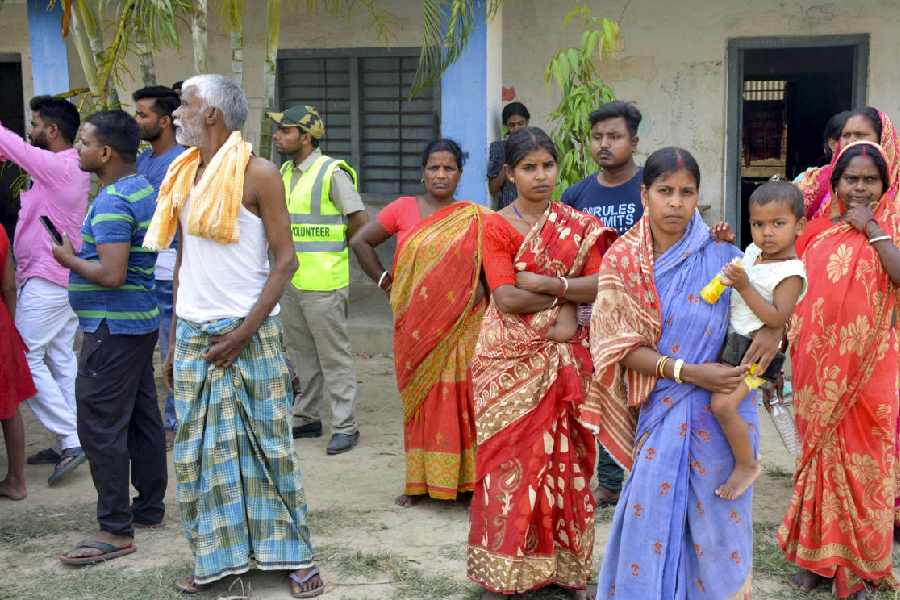.jpg)
New Delhi, March 31: Scientists have detected the first evidence for a rabies-like viral infection in Indian bats and suggested that national guidelines be revised to prescribe anti-rabies vaccination after bat bites.
The researchers have found antibodies to the lyssavirus, a family that includes the rabies virus, in three short-nosed fruit bats and one serotine bat from among 78 bats collected for human consumption in Nagaland.
Scientists have for nearly a century known that bats host the rabies virus. Studies, conducted mainly in the Americas, have shown that bats are reservoirs for at least 10 lyssavirus species.
Although a patient in India had developed rabies after a bat bite in 1954, no evidence for the lyssavirus had been detected in Indian bats until now.
In the new study, researchers from the National Centre for Biological Sciences and the National Institute of Mental Health and Neurosciences (Nimhans) in Bangalore sampled bats from five villages in Nagaland where bats are hunted for food.
Mimi village in Kiphire district near the Myanmar border, for instance, organises a traditional bat harvest every October during which thousands of bats are smoked out of caves for consumption.
"Our findings should not create any panic. Bats play a very important role in the ecosystem," said Reeta Mani, an associate professor of neurovirology at Nimhans who led the study.
"However, the presence of the antibodies suggests that these bats had been recently exposed to a lyssavirus."
Current national health guidelines require anyone bitten by a dog, cat, monkey or other wild animals to take an anti-rabies vaccine. Guidelines in America, however, ask people to take the vaccine also when they have had physical contact with bats.
"We'll need more samples of bats from more geographical areas to better understand the prevalence of the lyssavirus among bats in India," Mani told The Telegraph.
"But if these findings are validated, we might need to rethink the guidelines and recommend vaccination after exposure to bats."
Pilot Dovih, a research scholar at the National Centre for Biological Sciences who is exploring the role of bats as potential carriers of infections, said: "The short-nosed fruit bat is ubiquitous: we find it across most of the subcontinent, in cities and rural areas. But the serotine bat is mainly found in forest caves or inside tree holes."
Virologists estimate that about 20,000 people die from rabies in India each year, making up a third of the global figure of 60,000 deaths. Dog bites account for over 95 per cent of these deaths although, virologists say, rabies has also been documented after bites from cats, mongooses and other wild animals.
Dovih said human activities had contributed to the destruction of bats' natural habitats, pushing them closer to human dwellings.
"The loss of natural habitat increases the chances of contact between humans and wildlife. This increases the risk of infections," he said.
Among the more than 1,000 species of bats known worldwide, scientists have documented over 100 species in India.
Fruit bats play a key role in pollination, seed dispersal and reforestation while insect bats eat up a range of insects, serving as natural predators against crop pests.
The Bangalore team collected samples of bats from Mimi and Salomi in Kiphire district, Medziphema in Dimapur, Zubza in Kohima and Reguri in Phek.
These findings have just been published in the journal, Epidemiology and Infection.

.jpg)









